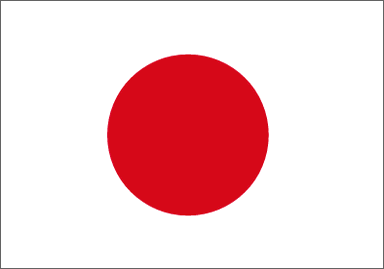
![]()

| Capital City: Tokyo Main Cities: Osaka, Nagoya, Kyoto, Nara Population: 125,422,000 Area [sq.km]: 377,800 Currency: 1 Yen, Languages: Japanese, Religions: Shinto, Buddhist, Christian Honshu means main state in Japanese and is the biggest island. |
| Kyoto, Walk around Japan Beauty |
|||||
 |
 |
 |
 |
 |
 |
| Ginkakuji | Nanzenji | Kiyomizu | Nijojo | Chion-in | Daitokuji |
 |
 |
 |
 |
 |
 |
| Yasaka Shrine | Heian Shrine | 33-Gendo | Toji Pagoda | Honganji | Seiryoji |
| Autumn leaves, Kyoto, Sagano dye prencincts into real red |
|||||
 |
 |
 |
 |
 |
 |
| Kinkakuji | Kiyomizu | Nison-in | Nenbutsu | Heian Shrine | Gioji |
 |
|||||
| Daikakuji | |||||
| Nara, Ancient capital |
|||||
 |
 |
 |
 |
 |
 |
| Horyuji | Todaiji | Toshodaiji | Yakushiji | Kofukuji | Kasuga Shrine |
| Kurashiki, Okayama castle, Korakuen garden |
|||||
| Kurashiki BIKAN historical quarter, Edo shogunate town, white wall, lattice windows |  |
Okayama Castle built in 1597, nicknamed Crow Castle, stemming from black exterior Donjon. |  |
Korakuen garden has 300-year history and 130,000 m2 area. One of 3 noted Japanese gardens |  |
| Izumo Shrine, Matsue castle, Adachi Museum |
|||||
| Grand Shrine of Izumo is god of marriage. Today sanctuary was built in 1959 |  |
Matsue Castle was built in 1611. One of 12 castle towers, remains in Japan |  |
Adachi Museum has 130 pics of Taikan Yokoyama & Japan garden is said to be No.1 in Japan |  |
| "All the town is the museum", Hagi in Yamaguchi Prefecture. |
|||||
 |
 |
 |
 |
 |
 |
| Hagi Castle Town | Kikuya, big merchant | Tokoji Temple | Shoka Cram School | Daishoin Temple | Artificial Aback river |
 |
 |
 |
 |
 |
 |
| Hagi station is train museum | Hagi castle ruin | Danger Rock Hill | Five-storied Pagoda | Toshunji Temple | Hofu Tenmangu Shrine |
| Tsuwano in Shimane Prefecture is called "West Small Kyoto". |
|||||
| Traditional town Tsuwano is called "West Small Kyoto". |  |
Yasaka Shinto Shrine becomes the stage of Heron Dance. |  |
Yomeiji temple is the family temple of lord of Tuwano. |  |
| Shimonoseki city, Journey to the straits |
|||||||
| Akama Shinto Shrine is vivid red. 05/05/15 |
 |
Senteisai festival with gorgeous dress. 06/05/03 |  |
Panoramic view from Kanmon Dream Tower 04/05/23 |
 |
Castle town, Chofu 06/05/02 |
 |
| Himeji Castle of the national treasure was registered in the World Heritage of UNESCO in 1993. It has 400-year history. It is called White Heron Castle from its style. 2005/10/21 |  |
Hamamatsu castle was built by Ieyasu Tokugawa. He lived there for 17 years from 1570 to 1586. Entered at the age of 29. He was a founder of 300-year Tokugawa Shogunate. 2004/11/06 |  |
| Hideyoshi founded Osaka castle in 1583 to guard western Japan. He unified Japan and brought an end to the Age of Provincial Wars. He lavished time and money to "tea ceremony" and created a culture. 2006/11/23 |  |
Takeshima Island in central Japan has warm temperate forest with 238 kinds of plants and assigned as natural monument in 1930. Yaotomi Shrine, which means plenty of wealth, was founded in 1181. 2003/10/24 |  |
| Welsh Corgi, our dog, Hari. Welsh Corgi is active sheep dog which does not have tail. He runs in our garden. He was born in January of 1999. It is said Corgi origin has started 10th century at least. 2001/07/01 |  |
Kitano in Kobe is the area of former residences of early foreign settlers. Most buildings were built in Meiji era or 100 years ago and fashionable and attracting at that time. 2001/12/01 |  |
| Clouds and blue sky taken from windows of airplane in 2001-2002. To kill time, tried to trace clouds and blue sky. Most of the times, same kind of cloud sea, but sometime interesting clouds. 2003/10/01 |  |
 |
|
